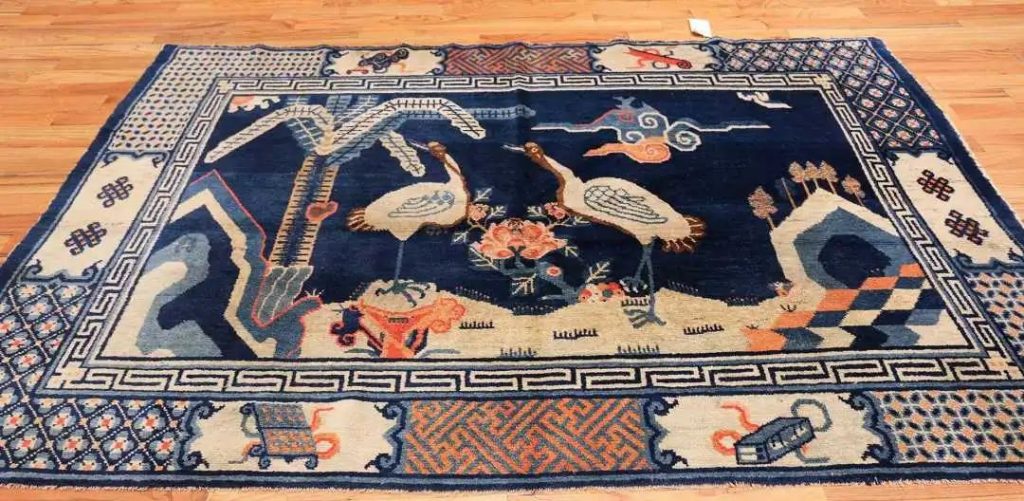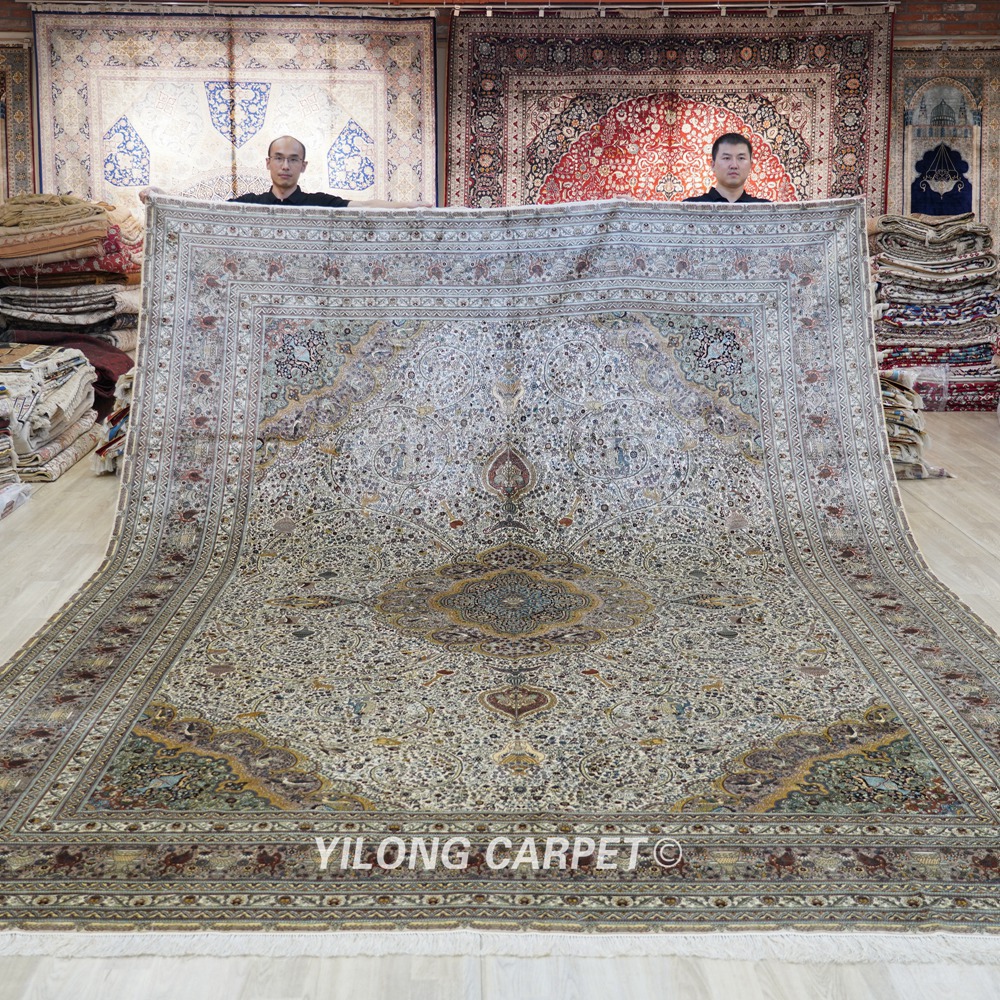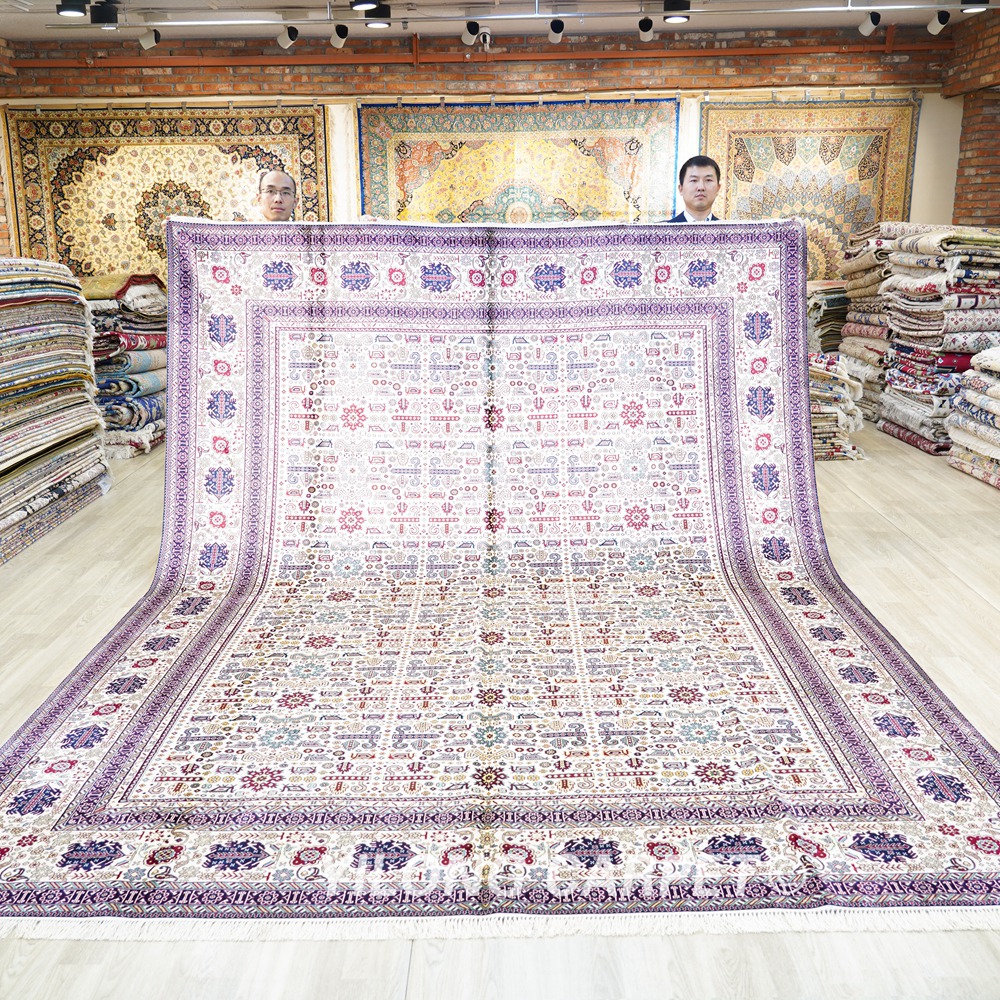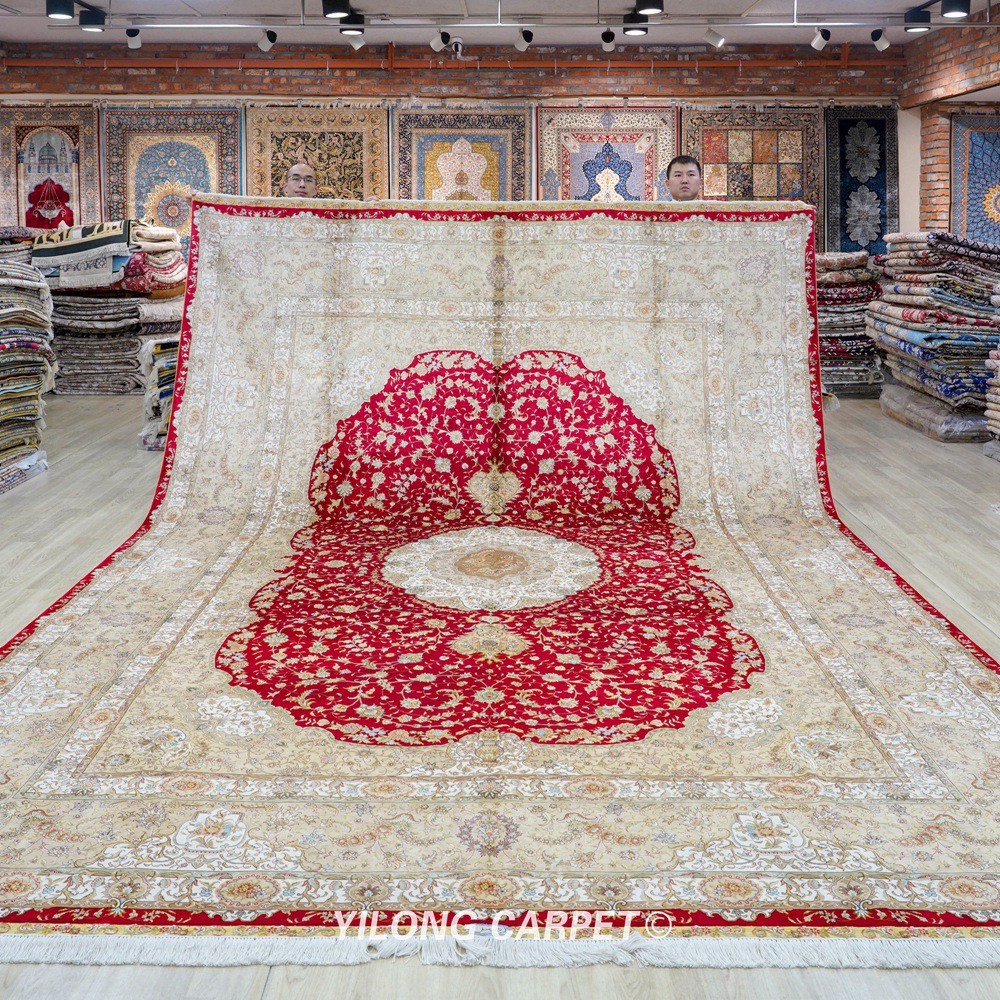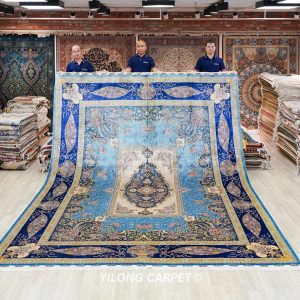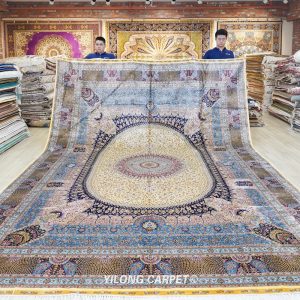Many people think that Oriental rugs are Persian rugs, but they are not the same: all Persian rugs are Oriental rugs, but not all Oriental rugs are from Persia.
Oriental rugs
Oriental rugs refer to rugs woven throughout the Asian region, and they are usually named according to the country of origin and urban area of the rug, such as Persian rugs, Chinese rugs, Indian rugs, Chinese Xinjiang rugs, Kurdish rugs, Caucasian rugs, Turkish rugs, Chinese rugs, Central Asian rugs and more.
The styles of oriental rugs are very diverse, each reflecting the rich artistic and cultural charm of the region where it is produced. Although there are different styles, they have been inherited and evolved through centuries and finally formed a variety of patterns today, and each has its own unique weaving techniques and designs. Here are 5 of the more well-known oriental rugs in the world:
Persian Rugs
Persian Rugs - Originating in Iran (historically known as Persia), Persian rugs are among the most famous and revered Oriental rugs in the world. They are known for their intricate designs, detailed floral patterns, and use of natural materials such as wool, silk, and cotton.
Turkish Rugs
Turkish Rugs - Rugs originating from Turkey often feature bold geometric patterns, emblems, and vibrant color combinations. They are primarily made from high-quality wool, which is known for its durability.
Chinese Rugs
Chinese Rugs - Chinese rugs feature elegant, atmospheric designs, often featuring dragons, floral motifs, and intricate borders. They are usually made of silk and have obvious characteristics of Chinese art culture.
Indian Rugs
Indian Rugs – India has a long history of rug weaving, and Indian rugs often incorporate Persian and indigenous designs, with common styles ranging from traditional floral patterns to modern abstract patterns.
Caucasus Rugs
Caucasus Rugs - The Caucasus region includes countries such as Azerbaijan and Armenia. Caucasus rugs are designed in a wide range of styles, featuring striking geometric patterns, abstract animal motifs, and bright colors.
Oriental rugs have a rich history of weaving, dating back thousands of years. But with the passage of time, especially the machine production brought by the industrial age slowly affected all aspects of oriental rugs, and the difference between the ancient oriental rugs and the fashionable modern rugs became wider:
Handmade vs. machine-made: Old oriental rugs are entirely handmade, reflecting the expertise and artistic aesthetic of the weavers, and each rug can take months or even years to complete; in contrast, modern oriental Rugs are usually produced by using machines, which make production faster and less expensive. But modern carpets are not all machine-woven, and a few manufacturers still retain the hand-weaving method, such as Yilong Carpet.
Materials
Materials: Old oriental rugs are often made from natural fibers such as wool, silk, and cotton. Wool, the most common woven material, is prized for its durability and softness; In contrast, while some modern oriental rugs may still use traditional materials, many also tend to feature synthetic fibers or blends to suit different price ranges and consumer preferences.
Designs and Patterns
Designs and Patterns: Old oriental rugs often display fascinating designs and patterns, each reflecting the unique artistic expression of the region and the weaver. These patterns and elements have been passed down from generation to generation, and each rug can reveal the culture and history it represents; while modern oriental rugs, while still inspired by traditional patterns, may also incorporate modern designs and colors to appeal to a wider audience and suitable for diverse interior aesthetics.
Value and Investment
Value and Investment: Antique oriental rugs are highly valued in the market for their historical significance, rarity, and artistry of creation. Rugs that are rare and uniquely designed usually appreciate in value over time; modern oriental rugs, especially machine-made rugs, in contrast, tend not to be considered as high-value investments as antique rugs.
Dyeing Techniques
Dyeing Techniques: In the past, natural carpet dyes derived from plants, insects, and minerals were commonly used to color Oriental rugs. These dyes created rich, muted shades that are still sought after today; modern oriental rugs use natural and synthetic dyes to provide a wider selection of more vibrant colors.
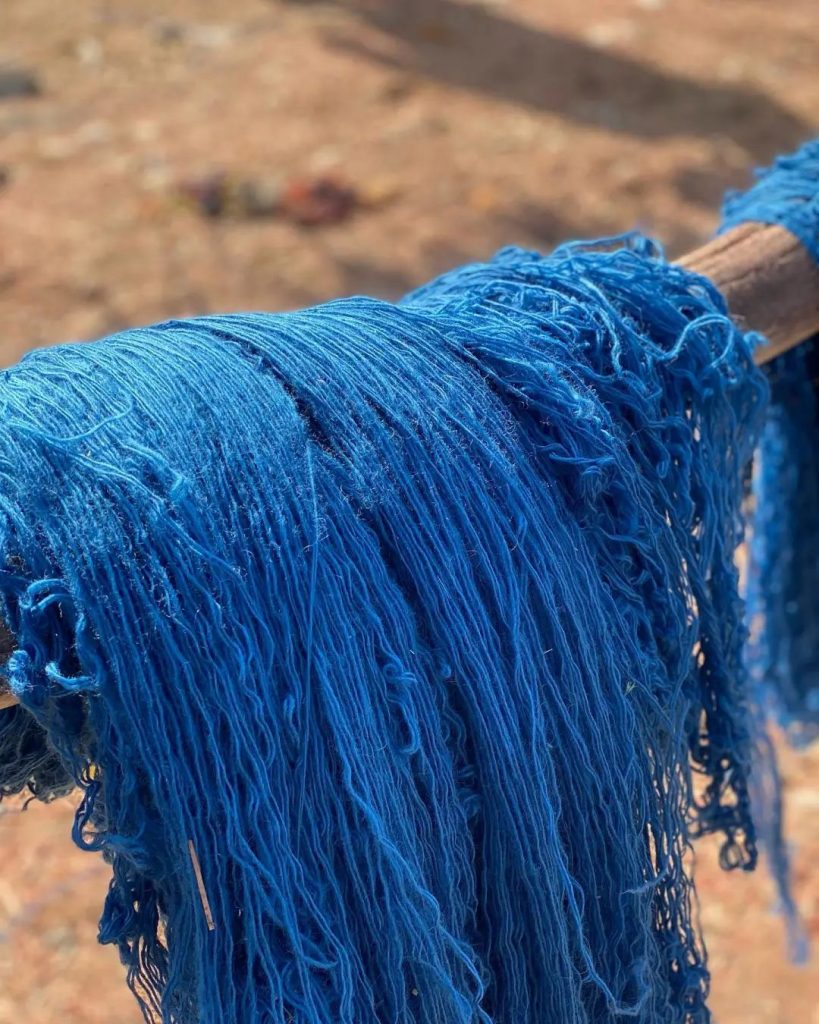
Handwoven oriental rugs have always been synonymous with exoticism, elegance, and high-end home aesthetics, and their development history is as complex and full of stories as their appearance:
The oldest hand-knotted carpets can be traced back to the 6th century BC when the nomadic peoples in eastern Central Asia began to weave and use them to resist the cold, and then the carpet weaving technology began to gradually spread to Turkey, Mongolia, and East Asia. The material of carpets has also begun to be influenced by ancient China, and silk carpets have begun to appear.
Thereafter, carpets of Islamic design also slowly developed, and soon these ornate oriental rugs attracted the attention of wealthy European caravans. As early as the 13th century, Italian traveler Marco Polo spoke highly of Turkish rugs. Slowly, oriental rugs began to be imported to Venice, from where they were shipped to other parts of Europe.
After the 17th century, oriental carpets were once cold in Europe, because all the great dynasties at that time were on the verge of collapse or downfall, resulting in a rapid decline in the output of oriental carpets. During this period, the production of European carpets was strengthened, and the famous Aubusson carpets and Savannari carpets also appeared at this time and began to fill the demand for oriental carpets in the European and American markets.

In the second half of the 19th century, under the Qajar dynasty, Iranian carpet weaving entered a period of great revival, which also reawakened European interest in oriental carpets, which eventually led to the revival and expansion of Turkish carpet production and The revival of carpet weaving in India under British rule. At this time, China's handmade carpet industry also began to flourish and eventually occupied an important position in the European and American markets.
Since then, European and American families have been accustomed to all kinds of carpets, and this habit has been maintained until today. Mr. Kipling, a British writer, once said: "The East is the East, and the West is the West, and they will never meet." But the hand-woven oriental carpets have skillfully broken this barrier. In a sense, these mysterious oriental rugs are more than just gorgeous floor coverings, they are a bridge through time and space to explore history.



